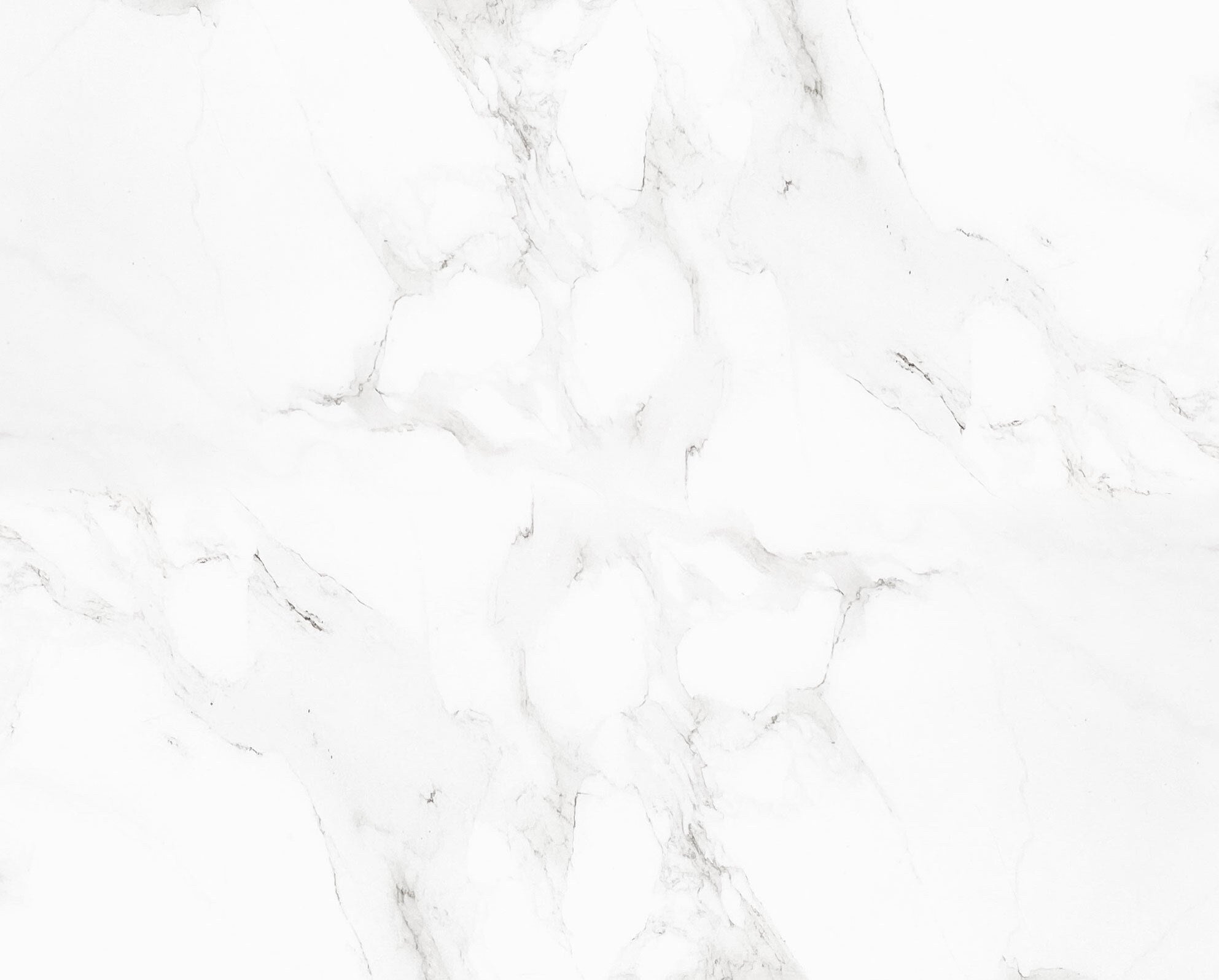Corning Glass Works
- In stock
- Backordered, shipping soon
- Guaranteed authentic document
- Orders over $35 ship FREE to U. S. addresses
- Earn rewards points with every order
Product Details
CompanyCorning Glass Works
Certificate Type
Debenture Bond
Date Issued
January 15, 1974 (red)
December 11, 1975 (brown)
Canceled
Yes
Printer
American Bank Note Company
Signatures
Machine printed
Approximate Size
12" (w) x 8" (h)
Images
Show the exact certificate you will receive
Guaranteed Authentic
Yes
Additional Details
NA
Historical Context
Corning Glass Works was founded in 1851 by Amory Houghton, in Somerville, Massachusetts, originally as the Bay State Glass Co. It later moved to Williamsburg, Brooklyn, New York, and operated as the Brooklyn Flint Glass Works. The company moved again to its ultimate home and namesake, the city of Corning, New York, in 1868 under leadership of the founder's son, Amory Houghton, Jr.

Over 147 years later, Corning continues to maintain its world headquarters in Corning. The firm also established one of the first industrial research labs there in 1908. It continues to expand the nearby research and development facility, as well as operations associated with catalytic converters and diesel engine filter product lines. Corning has a long history of community development and has assured community leaders that it intends to remain headquartered in its small upstate New York hometown.
The California Institute of Technology's 200-inch telescope mirror at Palomar Observatory was cast by Corning during 1934–1936 out of low expansion borosilicate glass. In 1932, George Ellery Hale approached Corning with the challenge of fabricating the required optic for his Palomar project. A previous effort to fabricate the optic from fused quartz had failed. Corning's first attempt was a failure, the cast blank having voids. Using lessons learned, Corning was successful in the casting of the second blank. After a year of cooling, during which it was almost lost to a flood, in 1935 the blank was completed. The first blank now resides in Corning's Museum of Glass.
In 1935, Corning formed a partnership with bottle maker Owens-Illinois, which formed the company known today as Owens Corning. Owens Corning was spun off as a separate company in 1938.
The company had a history of science-based innovations following World War II and the strategy by management was research and "disruptive" and "on demand" product innovation.
In 1962 Corning developed Chemcor, a new toughened automobile windshield designed to be thinner and lighter than existing windshields, which reduced danger of personal injury by shattering into small granules when smashed. This toughened glass had a chemically hardened outer layer, and its manufacture incorporated an ion exchange and a "fusion process" in special furnaces that Corning built in its Blacksburg, Virginia facility. Corning developed it as an alternative to laminated windshields with the intention of becoming an automotive industry supplier. After being installed as side glass in a limited run of 1968 Plymouth Barracudas and Dodge Darts, Chemcor windshields debuted on the 1970 model year Javelins and AMXs built by American Motors Corporation (AMC). As there were no mandatory safety standards for motor vehicle windshields, the larger automakers had no financial incentive to change from the cheaper existing products. Corning terminated its windshield project in 1971, after it turned out to be one of the company's "biggest and most expensive failures." However, like many Corning innovations, the unique process to manufacture this automotive glass was resurrected and is today the basis of their very profitable LCD glass business.
In the fall of 1970, the company announced that researchers Robert D. Maurer, Donald Keck, Peter C. Schultz, and Frank Zimar had demonstrated an optical fiber with a low optical attenuation of 17 dB per kilometer by doping silica glass with titanium. A few years later they produced a fiber with only 4 dB/km, using germanium oxide as the core dopant. Such low attenuations made fiber optics practical for telecommunications and networking. Corning became the world's leading manufacturer of optical fiber.
In 1977, considerable attention was given to Corning's Z Glass project. Z Glass was a product used in television picture tubes. Due to a number of factors, the exact nature of which are subject to dispute, this project was considered a steep loss in profit and productivity. The following year the project made a partial recovery. This incident has been cited as a case study by the Harvard School of Business.
Related Collections
Additional Information
Certificates carry no value on any of today's financial indexes and no transfer of ownership is implied. All items offered are collectible in nature only. So, you can frame them, but you can't cash them in!
All of our pieces are original - we do not sell reproductions. If you ever find out that one of our pieces is not authentic, you may return it for a full refund of the purchase price and any associated shipping charges.










